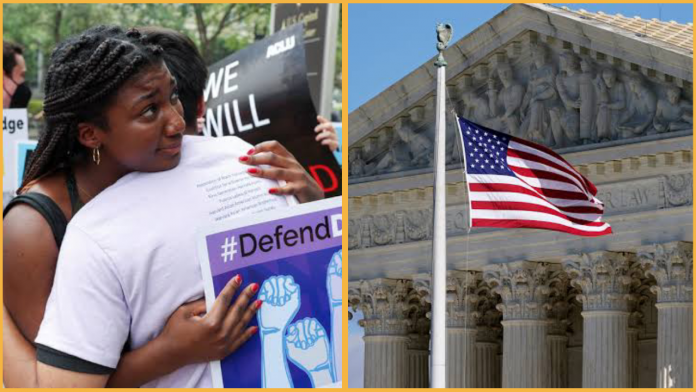Affirmative action is a policy aimed at addressing historical and ongoing discrimination by taking proactive measures to promote equality and diversity.
It was initially implemented in the United States during the 1960s as a response to systemic racial and gender inequalities.
In this article, we will explain the concept of affirmative action in the us , its historical background, its objectives, and the ongoing debates surrounding its effectiveness and necessity.
What is the historical background of affirmative action in us
To understand affirmative action, we must delve into America’s history of discrimination. For centuries, racial and gender biases were deeply entrenched, resulting in systemic disadvantages for marginalized groups.
The Civil Rights Movement of the 1960s shed light on these inequalities, prompting the government to take action. In 1961, President John F. Kennedy issued an executive order that called for “affirmative action” to address employment discrimination. The Civil Rights Act of 1964 further solidified this approach.
What is Objectives of Affirmative Action
Affirmative action has two primary objectives: rectifying past and present discrimination and promoting diversity. By acknowledging the historical injustices faced by marginalized communities,
the policy seeks to provide equal opportunities and level the playing field. Affirmative action policies aim to eliminate discrimination in education, employment, and other areas by actively seeking out and providing preferential treatment to underrepresented groups.
These policies serve as a temporary measure to counteract the enduring effects of prejudice and discrimination.
Affirmative Action : Implementation and Policies
The implementation of affirmative action has varied across different sectors. In higher education, universities often consider an applicant’s race or ethnicity as a factor in admissions decisions.
This approach aims to create a diverse student body that reflects the broader society. In the workplace, companies may establish goals and timetables to increase diversity in their workforce. Government contractors may also be required to implement affirmative action plans to ensure fair hiring and promotion practices.
Affirmative Action : Debates and Criticisms
Affirmative action has faced significant criticism over the years. Opponents argue that it can lead to reverse discrimination, where individuals from historically advantaged groups are disadvantaged in the admissions or hiring process.
Critics assert that merit should be the sole criterion for selection, irrespective of an individual’s race or gender. They argue that affirmative action perpetuates a form of discrimination by treating individuals differently based on their characteristics.
Proponents of affirmative action counter these arguments by emphasizing the importance of historical context and the need for diversity in society.
They argue that a truly meritocratic system is unattainable until societal biases and systemic disadvantages are eradicated. Advocates highlight the positive outcomes of affirmative action, such as increased representation, expanded opportunities, and the dismantling of entrenched barriers.
US Supreme Court Ruled Against Affirmative action
But now a days Affirmative action has been banned in the United States following a decision by the Supreme Court on Thursday that the practice of taking race and ethnicity into account during the college admissions process is unconstitutional.
The decision deals a major blow to a decades-old practise that boosted educational opportunities for African-Americans and other minorities, ending decades of precedent that had allowed schools nationwide to use such programmes to increase the diversity of their student bodies.
Conclusion of Affirmative Action
Affirmative action in the us is a policy designed to address historical and ongoing discrimination. Its objectives are to rectify past injustices and promote diversity by providing preferential treatment to underrepresented groups. While it has been instrumental in increasing opportunities and challenging systemic biases, affirmative action remains a topic of heated debate. Understanding its historical context, objectives, and ongoing discussions is crucial for fostering a more equitable and inclusive society, where individuals have equal opportunities to succeed regardless of their race or gender.

